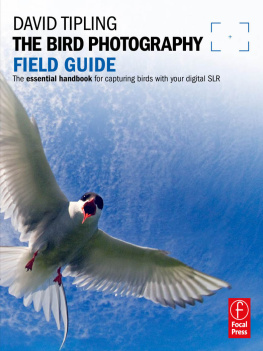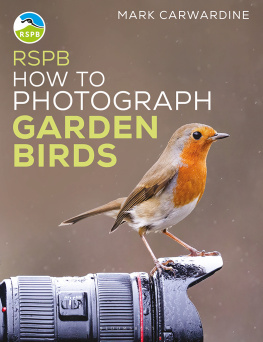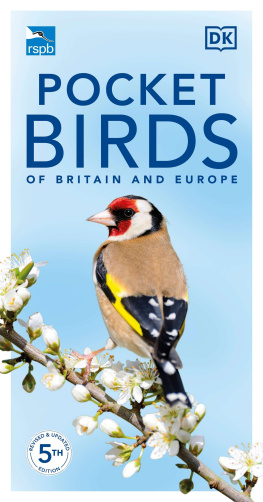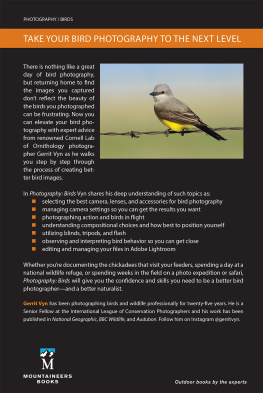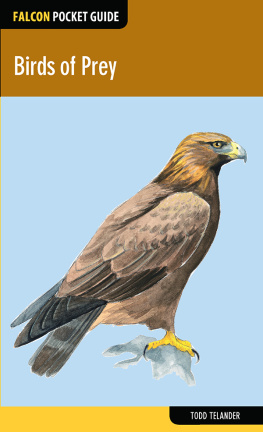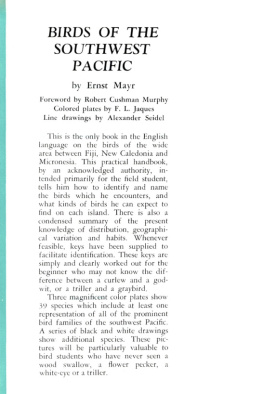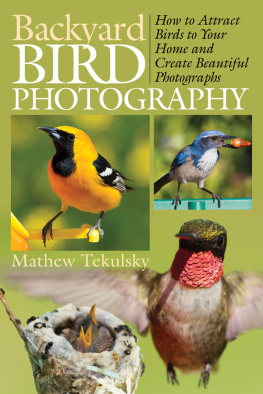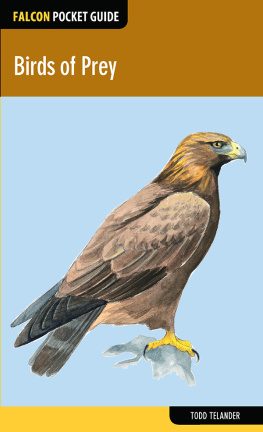
DAVID TIPLING
THE BIRD PHOTOGRAPHY
FIELD GUIDE


DAVID TIPLING
THE BIRD PHOTOGRAPHY
FIELD GUIDE
The essential handbook for capturing birds with your digital SLR

Focal Press is an imprint of Elsevier
30 Corporate Drive, Suite 400, Burlington,
MA 01803, USA
Copyright 2011 The Ilex Press Ltd.
All rights reserved
This book was conceived, designed, and produced by
Ilex Press Limited
210 High Street, Lewes, BN7 2NS, UK
Publisher: Alastair Campbell
Creative Director: Peter Bridgewater
Associate Publisher: Adam Juniper
Managing Editor: Natalia Price-Cabrera
Editorial Assistant: Tara Gallagher
Editor: Steve Luck
Senior Designer: James Hollywell
Designer: JC Lanaway
Digital Assistant: Emily Owen
Color Origination: Ivy Press Reprographics
No part of this publication may be reproduced, stored in a retrieval system or transmitted in any form or by any means electronic, mechanical, photocopying, recording or otherwise without the prior written permission of the publisher.
Permissions may be sought directly from Elseviers Science & Technology Rights Department in Oxford, UK: Phone (+44) (0) 1865 843830; Fax (+44) (0) 1865 853333; Email: permissions@elsevier.com. Alternatively visit the Science and Technology Books website at www.elsevierdirect.com/rights for further information
Notice No responsibility is assumed by the publisher for any injury and/or damage to persons or property as a matter of products liability, negligence or otherwise, or from any use or operation of any methods, products, instructions or ideas contained in the material herein
Trademarks/Registered Trademarks
Brand names mentioned in this book are protected by their respective trademarks and are acknowledged
Library of Congress Cataloging-in-Publication Data:
A catalog record for this book is available from the Library of Congress.
ISBN: 978-0-240-81776-7
Digital ISBN: 978-0-240-81777-4
For information on all Focal Press publications visit our website at: www.focalpress.com
CONTENTS
Foreword
Never in the history of ornithology has a technological revolution occurred with such lightning speed and profound impact as the arrival of the digital camera. Until recently it was professional photographers who produced most of the informative images found in books, journals, magazines, and on the Internet. The financial outlay, advanced technical skills, and patience required to capture outstanding bird pictures were prohibitive to most amateur photographers. Today, digital equipment and software allow even casual naturalists to produce both beautiful and useful pictures of birds, with only modest investments in resources, time, and practice. Moreover, the Internet now provides a readily available global forum for these images. This democratization of photography now produces a tremendous wealth of new information on identification, plumage variation, behavior, distribution, and ecology of birds.
While the move to digital allows the amateur access to the previously exclusive world of the professional photographer, regularly achieving award-winning shots requires a lifetimes dedication. David Tipling comes from this position to share his hard-won expertise, so that this resulting book is an amazing treasure trove of hardware advice, field tricks, artistic nuances, and even editing techniquesall fantastically useful to the amateur and professional alike.
Tiplings numerous awards are richly deserved, for his pictures are both technically superb and brilliantly composed. Often with elegant photographic structure, he captures birds absorbed in their daily rituals. Thus, each picture teaches us something about the bird while also evoking our deeper appreciation for the beauty of life. Thanks to the scores of practical hints presented in this book, the rest of us can now share in his skill.
Professionals and amateurs alike will want to consult this book, and I predict that the results will be visible all over the Internet before long. I, for one, cannot wait to get back outside and use some of Tiplings advice to improve my own, humble photographic efforts in the scrubs of Florida and the swamps of Arkansas.

Dr. John W. Fitzpatrick
Director, Cornell Lab of Ornithology


Introduction
T wenty-five years ago I picked up a camera for the first time, and armed with this and a telephoto lens, I set out to photograph birds. I had little idea of how to take good pictures, other than realizing I needed to get close. My hunting grounds were the fields and lakes near my home in the southeast of Englands countryside. Here I honed my skills, studied the local birds, began to understand their behavior, and so slowly learned how to approach birds without causing alarm.
Like many who have caught the bird photography bug, I became hooked, and I can admit that my pastime took over my life. My shameless addiction lasts to this day, and my desire to take pictures burns as bright now as it has ever done.
Many technological advances have come along over the last quarter of a century. When I started, most bird photographers shot in black and white, autofocus (AF) lenses had not been invented, and the digital age was science fiction. However, while the tools of the trade may have changed, many of the techniques used in our wonderful pursuit have not.
What has changed is the ability to photograph birds successfully with the aid of modern digital equipment. Never before have we had so much control over the finished imagewhether you are a photographer wanting to create artistic images or a birdwatcher with a desire to record what you see, the opportunities made available by ever-improving cameras and lenses continually push the boundaries of what is possible. The digital revolution has not only raised standards in bird photography but has also encouraged a whole new audience of birdwatchers to pick up a camera and try their hand at this thrilling pursuit.
Next page
